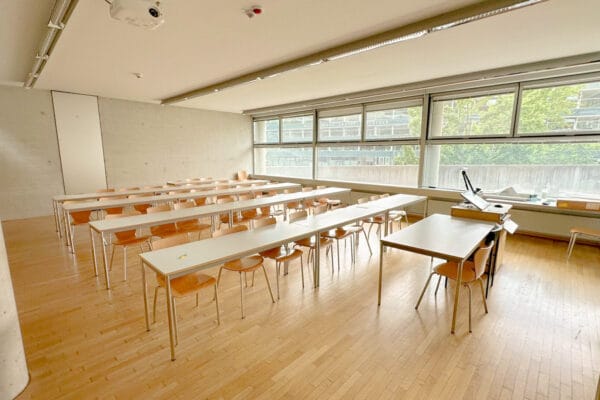
NAME:
SOWI - SR 1
BUILDING:
SOWI
FLOOR:
1
TYPE:
Seminar Room
CAPACITY:
35
ACCESS:
Only Participants
EQUIPMENT:
Beamer, PC, WLAN (Eduroam), Handicapped Accessible, LAN, Whiteboard, Speaker Desk
Wool production is a traditional activity in many mountain regions. In the 19th and 20th centuries, the processing underwent a degree of industrialisation, accompanied by increasingly globalised trade. Today, industrial wool processing activities have all but disappeared from Western Europe, with the exception of a few specialist centers, such as Biella in the Italian Piedmont.
However, since the 1970s, and more visibly since the 2000s, the value of wool has become the focus of an increasing number of initiatives based on social innovation. The resource, which is still present in sheep-breeding regions, is of little commercial interest, but is still rich in craft skills, the (re)development of which is of interest to a growing number of players.
We conducted surveys of wool industry players (breeders and processors) in the Hautes-Alpes (France) and in the province of Biella (Italy). On the Italian side, it appears that the links between industrial processing, which is still well established in the city, and the wool resources of the Biella mountains have almost completely disappeared. However, the province’s network of eco-museums is working to reactivate these links, through social innovation projects in which the cultural dimension plays an important role. On the French side, industry has given way to craft structures that are firmly rooted in their local areas, where they are relevant levers for a virtuous socio-ecological transition, while also being highly connected to international networks.
Generally speaking, our work has highlighted the challenges of cooperation between the stakeholders in this sector, from agropastoralism to the craft and industrial development of wool, including aspects relating to the cultural and tourist development of the activity. The cross-fertilisation between the French and Italian Alps directly concerns the dynamics of the sector, which is based on cross-border networks and on the ambitions of mountain areas to make the transition.

We and use cookies and other tracking technologies to improve your experience on our website. We may store and/or access information on a device and process personal data, such as your IP address and browsing data, for personalised advertising and content, advertising and content measurement, audience research and services development. Additionally, we may utilize precise geolocation data and identification through device scanning.
Please note that your consent will be valid across all our subdomains. You can change or withdraw your consent at any time by clicking the “Consent Preferences” button at the bottom of your screen. We respect your choices and are committed to providing you with a transparent and secure browsing experience.